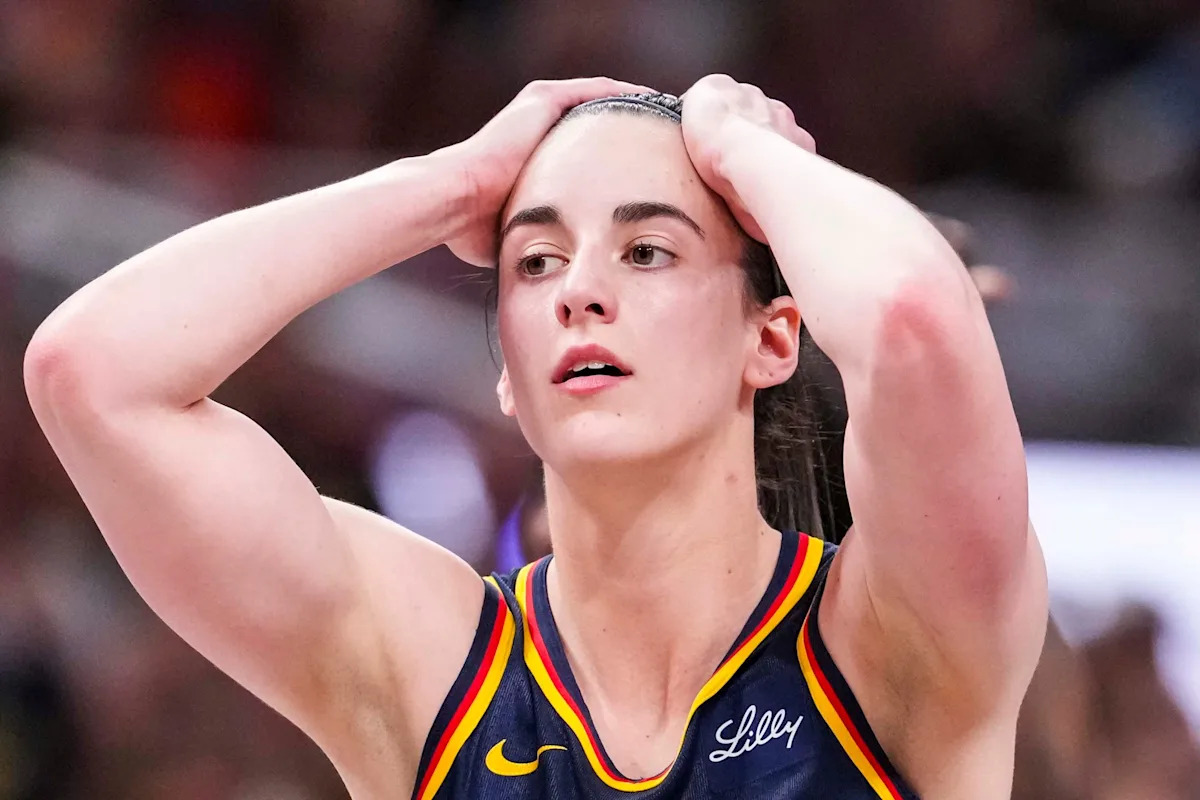John Copecky, a salesman from Colorado Springs, had planned a big weekend trip, spending around $3,000 on a flight, hotel, and four tickets to see Caitlin Clark play for the Indiana Fever against the Connecticut Sun in Indianapolis with his wife, 14-year-old daughter, and her basketball teammate. However, after learning on Monday that Clark had suffered a broken quadriceps and would be out for at least two weeks, Copecky and his wife decided to cancel their travel plans, pass their tickets to a friend, and consider attending another Fever game in August.
Copecky’s situation reflects a broader trend where ticket prices for upcoming Fever games have plummeted in secondary markets following Clark’s injury, underscoring her massive draw as a player. For example, tickets for the June 7 game at Chicago’s United Center dropped by over 300% in just two days. Clark’s presence significantly boosts attendance and enthusiasm for the WNBA, so much so that even the Washington Mystics moved a game to a larger venue in Baltimore to capitalize on her popularity.
Clark’s impact goes beyond attendance; during her rookie season, the Fever had the highest average attendance in the league, surpassing five NBA teams’ home game averages. Her presence also greatly increases TV viewership, with Clark’s games averaging 1.78 million viewers compared to 394,000 for other WNBA games in 2024. This visibility explains why nearly all Fever games and many others in the league are nationally televised.
Clark’s injury is a significant blow to the WNBA both financially and in terms of promotion. She accounted for 26.5% of league-wide activity in 2024, with one in every six WNBA tickets sold being linked to her. Projections suggest her influence could be worth around $1 billion to the league. Despite this, the WNBA has yet to publicly address the impact of her injury.
Fan Take: Caitlin Clark’s injury highlights just how pivotal she is to the WNBA’s growth and popularity. For fans and the league alike, her absence is a stark reminder that the sport’s momentum heavily relies on star players, and it underscores the urgent need to build a deeper foundation of support for women’s basketball beyond individual superstars.



